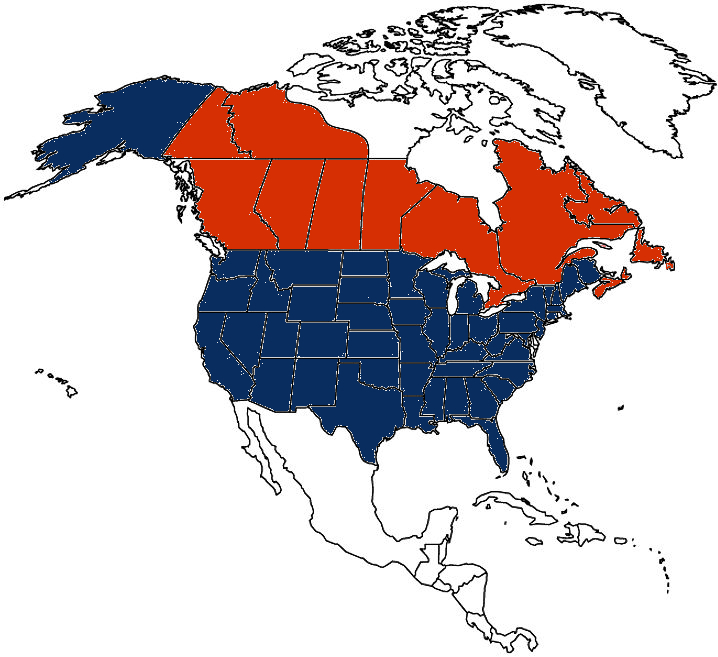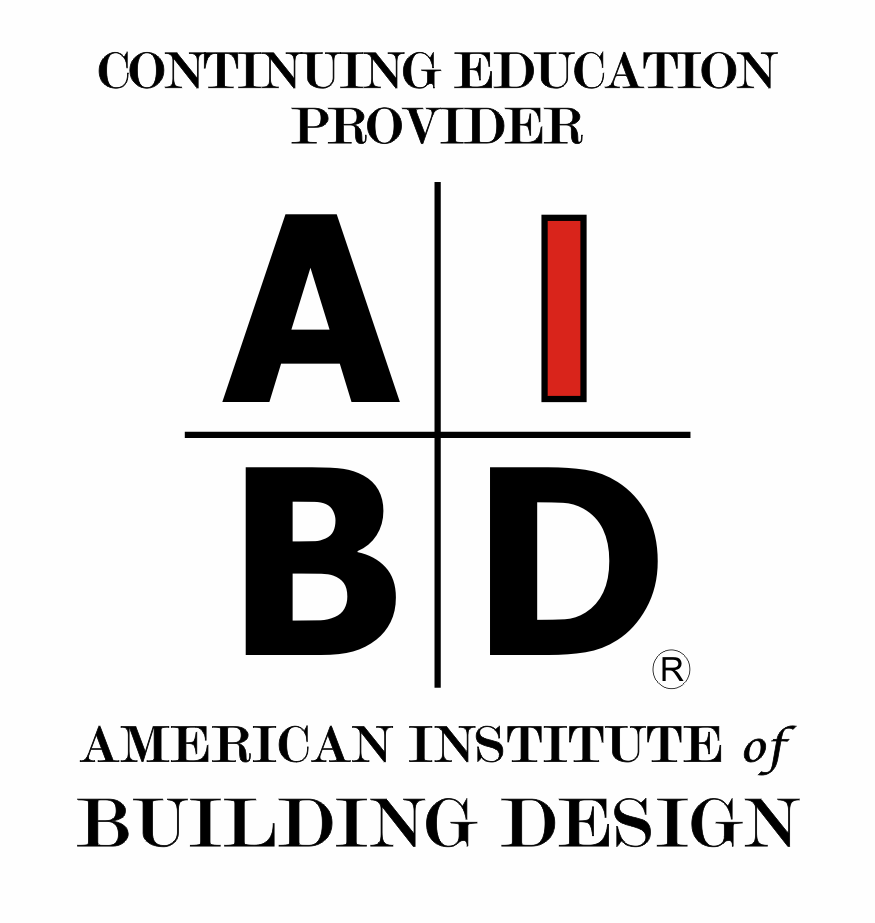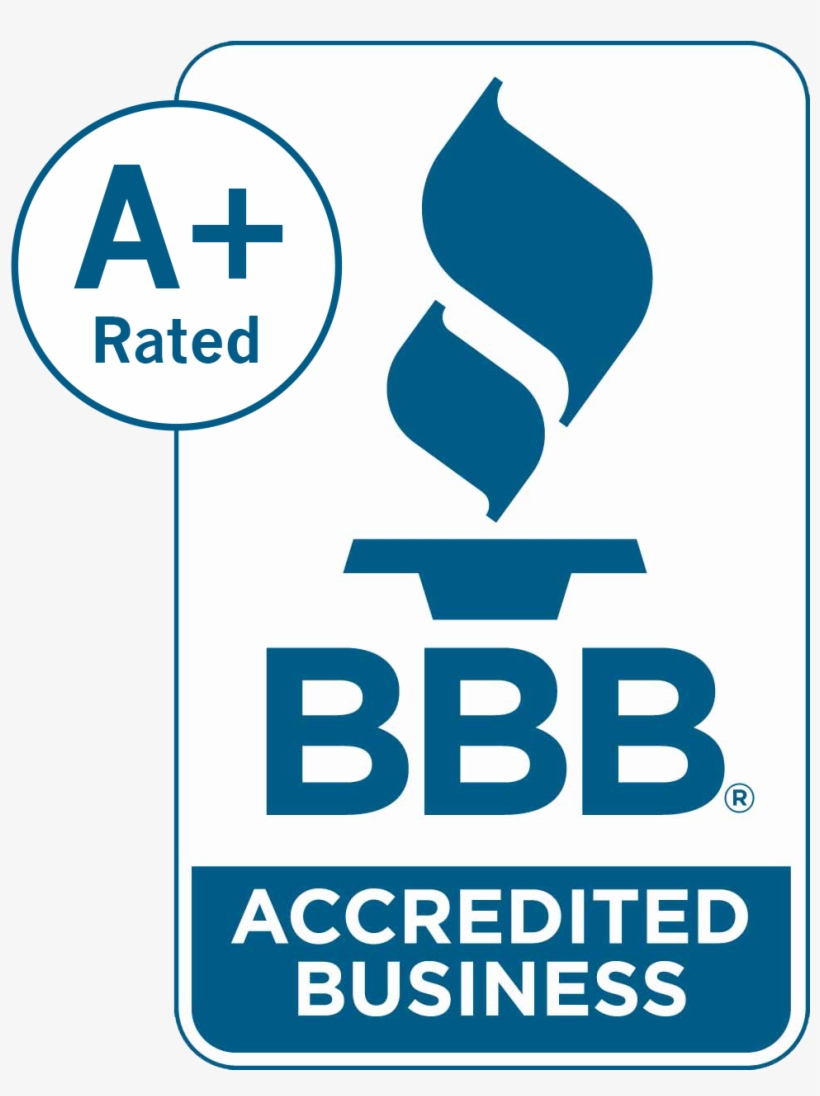The Architect’s Roadmap to Net Zero - North America - Live Interactive Webcast
The Architect’s Roadmap to Net Zero - North America - Live Interactive Webcast
Event Info
April 22, 2025
10:00 AM (CDT)
09:00 AM (MDT)
08:00 AM (PDT)
07:00 AM (AKDT)
05:00 AM (HAST)
04:55 PM (CDT)
03:55 PM (MDT)
02:55 PM (PDT)
01:55 PM (AKDT)
11:55 AM (HAST)
5 AIA HSW
6 GBCI (USGBC/CAGBC)
5 AIBC Core LU
5 AAA Structured LU
5 OAA, OAQ, SAA, MAA, AAPEI, NWTAA
5 Net Zero (ZNCD)
5 Sustainable Design
1 AIBD Elective
4 AIBD Primary
5 Climate Action (OAA)
Day Program*
Welcome, Credits, and Certificates
Embodied Carbon: Incorporating Climate-Friendly Materials in Residential Projects



08:05 AM - 09:05 AM
This course aims to educate architects and engineers about the importance of understanding the climate impact of the products they specify in building designs. Participants will be introduced to the basic concepts of embodied carbon emissions for building products, learning about the extent of the problem and the key strategies for measuring and reducing these climate impacts. Embodied carbon will be centered in a multi-criteria approach to product selection that prioritizes health impacts, resource efficiency, cost, code-compliance, and energy efficiency alongside embodied carbon to demonstrate how this approach can lead to stacked benefits. Two case studies (one single family residence and one multifamily) will be presented as examples of significant, quantified embodied-carbon reductions that also supported other desirable outcomes.
- AIA HSW # NZEmbCarbon | GBCI (USGBC/CAGBC) # 920032318
- Provider: America Training Solutions
-
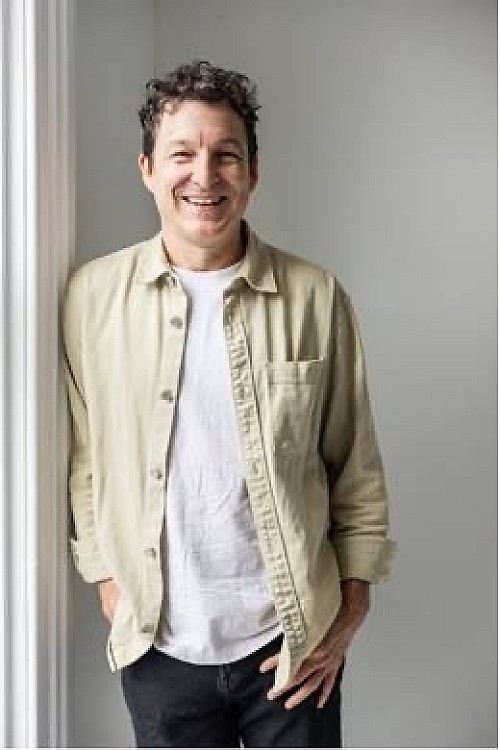 Chris Magwood
Presenter
Chris Magwood is working to help create a world where buildings are a leading part of the climate solution instead of a major contributor to climate change and doing so in a way that makes the world more equitable, healthy, beautiful, and efficient. In 2022, Chris joined the Rocky Mountain Institute’s Embodied Carbon initiative within RMI’s Carbon-Free Buildings team. There he leads efforts on HomebuildersCAN, a unique community of practice for homebuilders working to decarbonize, and the development of RESNET/ANSI Standard 1550 for the measurement and reporting of embodied carbon for homes. In 2019, he helped to establish Builders for Climate Action, and has been leading development of the BEAM carbon estimator tool for low-rise construction. At BfCA, he co-authored four major studies on embodied carbon in homebuilding. From 2011-2022, Chris was a director and teacher at The Endeavour Centre, a not-for-profit sustainable building school. Prior to that, he ran a design/build firm specializing in carbon-storing, healthy, energy efficient new construction and renovations. Chris has authored seven books on sustainable building. His latest book, Building Beyond Zero: New Ideas for Carbon-Smart Architecture, is co-authored with Bruce King and published by Island Press.
Course Number: NZEmbCarbon
Chris Magwood
Presenter
Chris Magwood is working to help create a world where buildings are a leading part of the climate solution instead of a major contributor to climate change and doing so in a way that makes the world more equitable, healthy, beautiful, and efficient. In 2022, Chris joined the Rocky Mountain Institute’s Embodied Carbon initiative within RMI’s Carbon-Free Buildings team. There he leads efforts on HomebuildersCAN, a unique community of practice for homebuilders working to decarbonize, and the development of RESNET/ANSI Standard 1550 for the measurement and reporting of embodied carbon for homes. In 2019, he helped to establish Builders for Climate Action, and has been leading development of the BEAM carbon estimator tool for low-rise construction. At BfCA, he co-authored four major studies on embodied carbon in homebuilding. From 2011-2022, Chris was a director and teacher at The Endeavour Centre, a not-for-profit sustainable building school. Prior to that, he ran a design/build firm specializing in carbon-storing, healthy, energy efficient new construction and renovations. Chris has authored seven books on sustainable building. His latest book, Building Beyond Zero: New Ideas for Carbon-Smart Architecture, is co-authored with Bruce King and published by Island Press.
Course Number: NZEmbCarbon
Credits: 1 AIA HSW, 1 GBCI (USGBC/CAGBC), 1 AIBC Core LU, 1 AAA Structured LU, 1 OAA, OAQ, SAA, MAA, AAPEI, NWTAA, 1 Net Zero (ZNCD), 1 Sustainable Design, 1 AIBD Primary, 1 Climate Action (OAA),
Review of Session Code Process
How do you get an existing home to net zero carbon?



09:10 AM - 10:10 AM
This session will present a systematic approach to assessing residential remodeling projects for decarbonization opportunities, viewed through the lens of a Northern California custom home renovation. The project incorporated electric replacements for all natural gas appliances, a total HVAC swap, a solar array, and battery energy storage, along with an innovative approach to upgrading the building’s thermal enclosure to reduce heating and cooling loads while improving comfort. Driven by the drought-prone location and local water supply constraints, advanced water conservation measures are also featured.
- AIA HSW # NZExisting | GBCI (USGBC/CAGBC) # 920032319
- Provider: America Training Solutions
-
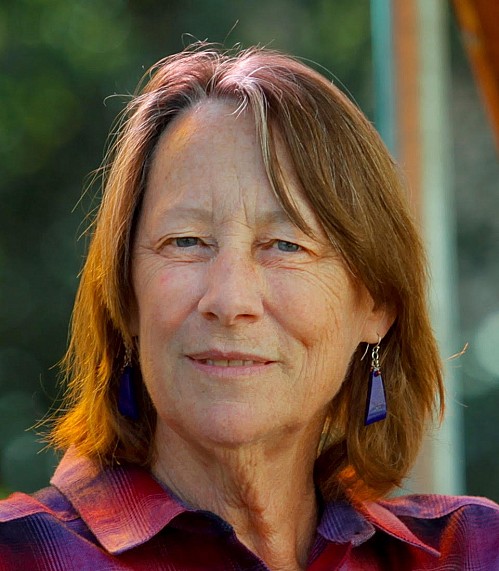 Ann Edminster
Presenter
Ann Edminster is a California-based green building consultant with a national practice, laser-focused on decarbonizing homes and communities. Trained as an architect, she facilitates design teams, coaches other building practitioners, works on applied research projects, teaches, develops education programs, writes, and rabble-rouses in the climate space in her spare time. More than a quarter-century ago, she focused her Master’s thesis on embodied carbon (a wee bit ahead of the times), and a dozen years ago wrote the first book on zero energy homes -- somewhat more timely, to be sure, but she’s still waiting for the times to catch up. https://annedminster.com/
Course Number: NZExisting
Ann Edminster
Presenter
Ann Edminster is a California-based green building consultant with a national practice, laser-focused on decarbonizing homes and communities. Trained as an architect, she facilitates design teams, coaches other building practitioners, works on applied research projects, teaches, develops education programs, writes, and rabble-rouses in the climate space in her spare time. More than a quarter-century ago, she focused her Master’s thesis on embodied carbon (a wee bit ahead of the times), and a dozen years ago wrote the first book on zero energy homes -- somewhat more timely, to be sure, but she’s still waiting for the times to catch up. https://annedminster.com/
Course Number: NZExisting
Credits: 1 AIA HSW, 1 GBCI (USGBC/CAGBC), 1 AIBC Core LU, 1 AAA Structured LU, 1 OAA, OAQ, SAA, MAA, AAPEI, NWTAA, 1 Net Zero (ZNCD), 1 Sustainable Design, 1 AIBD Primary, 1 Climate Action (OAA),
Break
Residential Solar & Storage to Support Net Zero Goals



10:30 AM - 11:30 AM
After a home has been made as energy efficient as possible, it can make sense to power that home on-site with rooftop solar panels. This session will address if, when, and how much solar to add to efficient homes. We will address a second question regarding whether to add local energy storage at the same time, later, or not at all, and how much storage capacity is recommended. We will consider typical payback periods – financial, energy, and greenhouse gas emissions – for each option and some rules of thumb for determining whether those investments are worthwhile under various conditions. Lastly, we will consider how the attractiveness of solar and energy storage can differ for California vs. non-California homes, and whether alternative strategies for achieving clean energy supply in homes might offer key advantages.
- AIA HSW # NZResSolar | GBCI (USGBC/CAGBC) # 920032320
- Provider: America Training Solutions
-
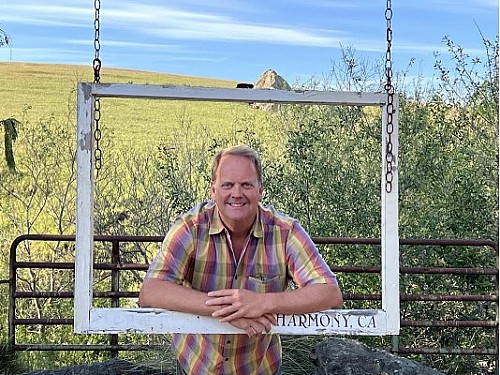 Chris Calwell
Presenter
Chris Calwell is a clean energy consultant, professor and investor residing in Durango, Colorado. He has been working on climate change, residential energy efficiency, and electric vehicle topics for more than 30 years, first at NRDC and then at multiple consulting firms and at the Middlebury Institute of International Studies. He teaches graduate courses on international renewable energy policy, sustainability and climate science, has designed and built his own ZNE home, and has been driving electric vehicles since 2013. Much of his present consulting work focuses on residential energy storage solutions.
Course Number: NZResSolar
Chris Calwell
Presenter
Chris Calwell is a clean energy consultant, professor and investor residing in Durango, Colorado. He has been working on climate change, residential energy efficiency, and electric vehicle topics for more than 30 years, first at NRDC and then at multiple consulting firms and at the Middlebury Institute of International Studies. He teaches graduate courses on international renewable energy policy, sustainability and climate science, has designed and built his own ZNE home, and has been driving electric vehicles since 2013. Much of his present consulting work focuses on residential energy storage solutions.
Course Number: NZResSolar
Credits: 1 AIA HSW, 1 GBCI (USGBC/CAGBC), 1 AIBC Core LU, 1 AAA Structured LU, 1 OAA, OAQ, SAA, MAA, AAPEI, NWTAA, 1 Net Zero (ZNCD), 1 Sustainable Design, 1 AIBD Primary, 1 Climate Action (OAA),
What’s better than a new net zero building? A net zero existing building.



11:30 AM - 12:30 PM
Reusing buildings, even ones that have been renovated and upgraded, generates less total carbon emissions than building new ones. In this session we’ll address a couple of myths about reuse, consider what we should be saving and what types of new buildings we should avoid building. We’ll show examples of reuse projects that take into account both embodied and operating carbon emissions. We’ll give a demonstration of the CARE Tool, an early-stage design tool for estimating the carbon benefits of reusing and upgrading an existing building compared to replacing it with new a new one.
- AIA HSW # NZBetter | GBCI (USGBC/CAGBC) # 920032321
- Provider: America Training Solutions
-
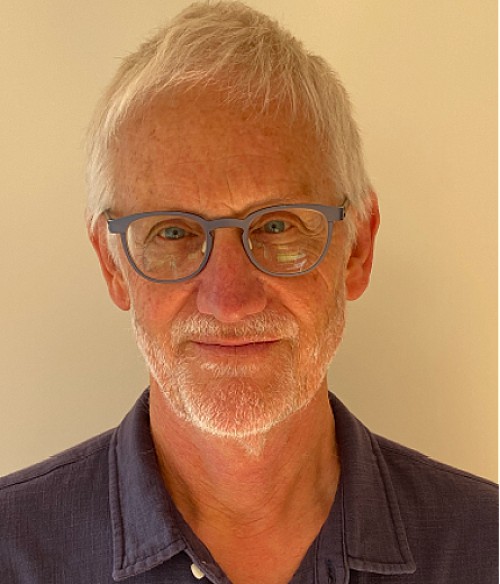 Larry Strain
Presenter
Founding Principal of Siegel & Strain Architects, award winning, firm focused on community projects and sustainable design, Larry has served on the boards of the Nor Cal Chapter of USGBC, Ecological Building Network and the Carbon Leadership Forum. He was on the research team for the CLF’s 2017 Embodied Carbon Benchmarking project and a founding member of the AIA’s Materials Knowledge Working group. Larry has been writing and speaking about materials, sustainable design, carbon and reusing buildings for more than 20 years. In 2020 he began developing the CARE Tool, an open access, web based tool for estimating the total carbon emissions of reusing and upgrading buildings compared to replacing them. The tool was officially launched in February, 2022 and is managed by Architecture 2030.
Course Number: NZBetter
Larry Strain
Presenter
Founding Principal of Siegel & Strain Architects, award winning, firm focused on community projects and sustainable design, Larry has served on the boards of the Nor Cal Chapter of USGBC, Ecological Building Network and the Carbon Leadership Forum. He was on the research team for the CLF’s 2017 Embodied Carbon Benchmarking project and a founding member of the AIA’s Materials Knowledge Working group. Larry has been writing and speaking about materials, sustainable design, carbon and reusing buildings for more than 20 years. In 2020 he began developing the CARE Tool, an open access, web based tool for estimating the total carbon emissions of reusing and upgrading buildings compared to replacing them. The tool was officially launched in February, 2022 and is managed by Architecture 2030.
Course Number: NZBetter
Credits: 1 AIA HSW, 1 GBCI (USGBC/CAGBC), 1 AIBC Core LU, 1 AAA Structured LU, 1 OAA, OAQ, SAA, MAA, AAPEI, NWTAA, 1 Net Zero (ZNCD), 1 Sustainable Design, 1 AIBD Primary, 1 Climate Action (OAA),
Break
Designing for Zero Carbon: A Case Study of Sonoma Clean Power’s Grid Optimal Headquarters



12:50 PM - 01:50 PM
Sonoma Clean Power (SCP) is a not-for-profit public electricity provider that provides customers in California's Sonoma and Mendocino counties with clean energy from renewable resources. To reflect its commitment to fight climate change, SCP tapped San Francisco–based architecture firm EHDD to fully renovate a 1979 commercial office building in downtown Santa Rosa as a headquarters and a showcase for zero-carbon design, technologies, and operation. The project is also the initial pilot project for the Grid Optimal Initiative—a joint program of the New Buildings Institute and USGBC devoted to lowest-cost decarbonization of the electricity grid.
EHDD principal-in-charge Brad Jacobson will talk through the implications of designing and operating for zero carbon instead of zero energy, including examples of microgrid implementation at SCP as well as on the YouTube Campus Expansion project. He will also share how C.Scale, a carbon strategy and assessment platform originally developed at EHDD, supported a “whole life carbon” approach for SCP and the AIA National Headquarters Renewal to optimize operational and embodied carbon strategies from the earliest stages of project development.
- AIA HSW # NZSonoma | GBCI (USGBC/CAGBC) # 920032322
- Provider: America Training Solutions
-
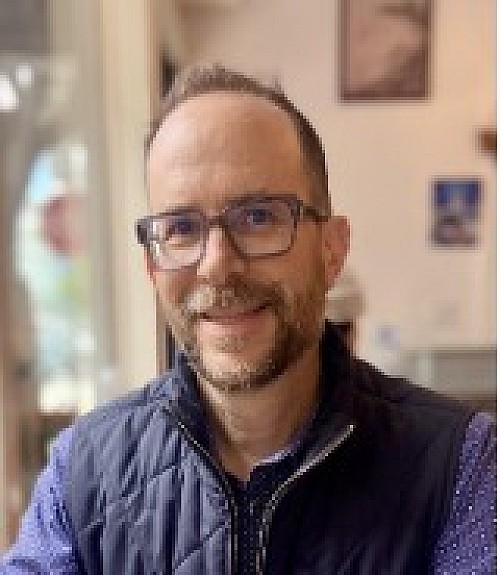 Brad Jacobson
Presenter
Brad Jacobson, FAIA, LEED AP BD+C, DBIA, is a Principal at EHDD, a west coast-based architecture firm which is leading the way towards a climate positive built environment. He has led the design teams for AIA COTE Top Ten projects including the Net Zero Energy and LEED Platinum certified headquarters for The David and Lucile Packard Foundation. Most recently, He spearheaded the collaborative design-build delivery of a 560,000 SF mass timber office campus for YouTube achieving LEED Platinum certification and 24-7 carbon free energy performance. He is also co-founder of C.Scale, a data and SaaS start-up which is scaling whole life decarbonization across the building industry.
Course Number: NZSonoma
Brad Jacobson
Presenter
Brad Jacobson, FAIA, LEED AP BD+C, DBIA, is a Principal at EHDD, a west coast-based architecture firm which is leading the way towards a climate positive built environment. He has led the design teams for AIA COTE Top Ten projects including the Net Zero Energy and LEED Platinum certified headquarters for The David and Lucile Packard Foundation. Most recently, He spearheaded the collaborative design-build delivery of a 560,000 SF mass timber office campus for YouTube achieving LEED Platinum certification and 24-7 carbon free energy performance. He is also co-founder of C.Scale, a data and SaaS start-up which is scaling whole life decarbonization across the building industry.
Course Number: NZSonoma
Credits: 1 AIA HSW, 1 GBCI (USGBC/CAGBC), 1 AIBC Core LU, 1 AAA Structured LU, 1 OAA, OAQ, SAA, MAA, AAPEI, NWTAA, 1 Net Zero (ZNCD), 1 Sustainable Design, 1 AIBD Elective, 1 Climate Action (OAA),
The Architect's Roadmap to Net Zero - Q&A Closing Session



01:50 PM - 02:50 PM
This one-hour live panel will feature the five instructors coming together to answer your net-zero questions.
- | GBCI (USGBC/CAGBC) # 0920027631
- Provider: America Training Solutions
- Presenter: Jenn Furr Course Number:
Credits: 1 GBCI (USGBC/CAGBC),
End
Download program Add to Google Calendar/iCal Share
*This Agenda is final but is subject to updates, additions and changes.
Additional Information
Attention AIA Members - You can only take a course once in its lifespan (3 years) - Members may repeat a course, but no additional credit will be awarded.
